What are smart landscape lights
Smart landscape lights are app-controlled LED fixtures that can be remotely managed and automated via IP-capable control devices such as smartphones and tablets. The latest generation of landscape lighting systems builds upon the advantages of advanced source technologies and lighting controls but removes the limitations imposed by hardwired switches, dimmers and timers. Landscape lighting works to generate lasting impressions, enable new perspectives, reinforce aesthetic appeal, transform the appearances of what is familiar into a nighttime wonder, and create spectacular moments. In many instances, lighting designers seek to unify the relationship and foster continuity between the indoors and outdoors. Typically, a large number of light fixtures are installed and work in unison to create a cohesive panorama with visual depth, focal points and attractive contrasts. Clearly there is a need to take an integrated approach to controlling these fixtures as a network, thereby enabling coordinated interplay among the different layers of light.
The layered approach to landscape lighting design
Layered illumination is a staple of landscape lighting design. Organizing the illumination of gardens, yards, pools, as well as the hardscape and softscape elements surrounding the house into layers can establish a visual hierarchy, create variable combinations of atmospheric effects, cultivate visual interest, establish spatial reference points, and enhance safety and security. A variety of lighting deployments make up the overall composition of light.
- Uplighting directs light in an upward direction to dramatically accentuate trees, shrubs, statues, fountains, and other structures or elements that rise up from the ground.
- Downlighting creates general ambient light for outdoor entertaining and subtly showcases ground-level focal points such as landscape beds and water features.
- Moonlighting delivers the most natural form of lighting by mounting lights high inside the canopy of a tree and allowing them to diffuse the light down through the leaves and branches.
- Shadowing is a technique of casting intriguing shadows on a wall or other vertical surface by illuminating objects in front.
- Also called backlighting, silhouetting is used to highlight the outline of trees and plants with interesting branch structure to the foreground observer.
- Grazing is the diffusing of light with an intention to emphasize a textured surface or an architectural element.
- Wall washing is a technique that refers to illuminate walls or vertical surfaces uniformly and broadly so as to create a backdrop for the main focal points.
- Mirror lighting takes advantage of the reflective surface of water features to create an ethereal feel.
Other landscape lighting techniques can include cross lighting, spreadlighting, path lighting, step lighting, deck lighting, wall lighting, etc.
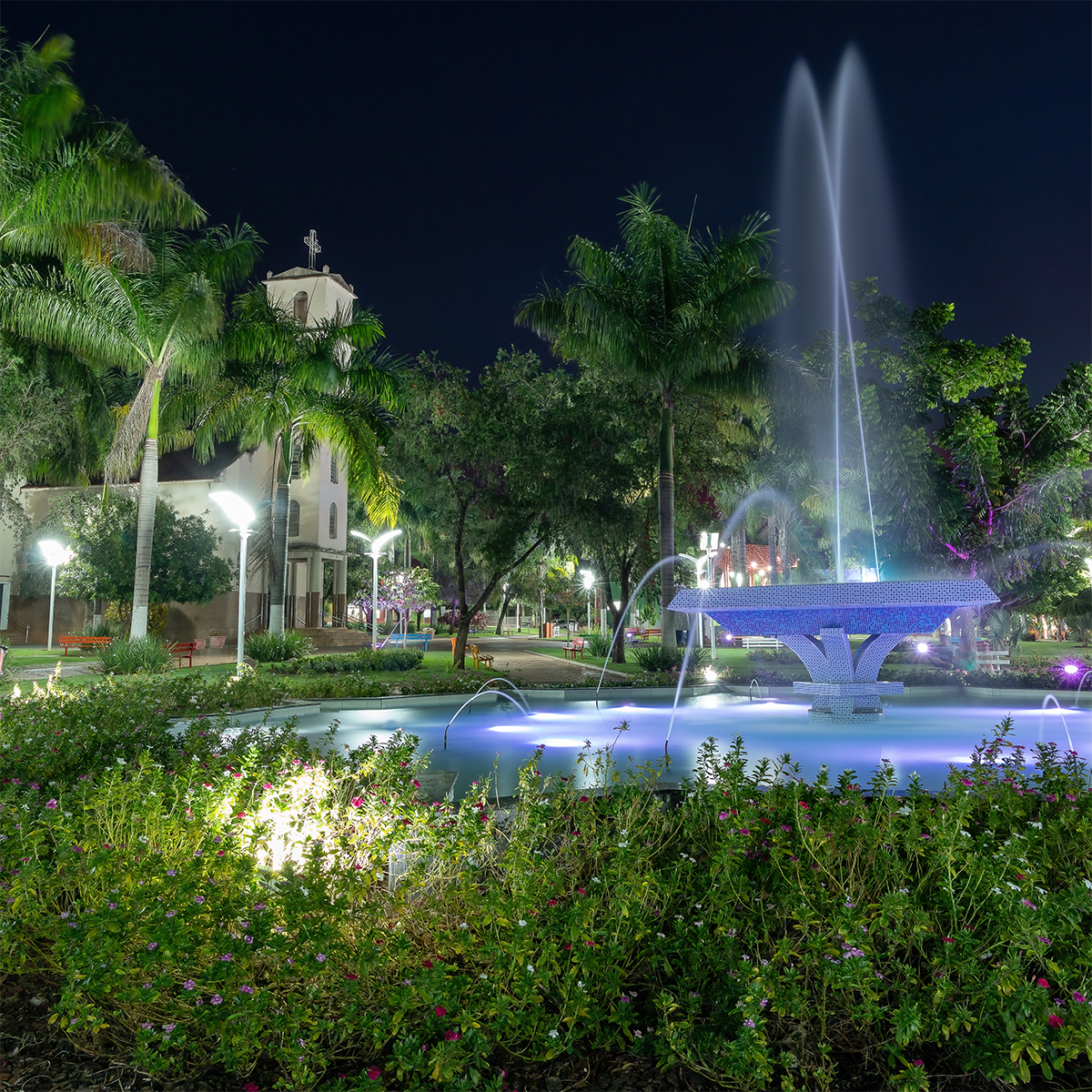
Types of landscape lights
The various layers of light are delivered through design-driven and functional integration of the appropriate light fixtures.
- Spotlights are the largest category of landscape lights. They shine an intense beam of light through a modest head to showcase focal points such as trees, shrubs, flowers, fountains, statues, and pillars.
- Flood lights are among the most versatile fixtures as well. They create uniform beam of light in a relatively wide beam spread to gently illuminate the scene with minimal shadowing and contrast for grazing, washing, downlighting and moonlighting.
- In-ground lights or well lights are uplighting systems that accentuate the underside of plants, bushes, or foliage. Another common use of in-ground lights is to graze a facade or wall.
Underwater lights are completely submerged to illuminate pools, ponds, fountains, waterfalls and other decorative waterscapes. - Path lights are visible, aesthetic elements that create a soft and widespread distribution of light to show off flower beds, shrubbery and other elements low to the ground while keeping people safe as they walk around.
- Step lights are architectural fixtures installed into step risers, recessed into the side of a wall or underneath railings to create a safe path of light and to reveal changes in elevation.
- Deck lights are installed flush on the deck boards to provide soft, ambient illumination that adds safety and decorative accents for outdoor lifestyles.
Explore the new frontier opened up by LED lighting
The world of landscape lighting is an ever-expanding universe and keeps getting more innovative. Across the world, there is an extensive adoption of solid state lighting. LED lighting offers so much more than just significantly reduced life-cycle cost from energy savings achieved through source efficacy improvements as well as efficient optical delivery, adaptive lighting, and optimized spectrum over the long operational life of the lighting systems. It provides a huge opportunity to improve the design, performance and value of landscape lighting systems.
While the physical nature and optical characteristics of LEDs enable unprecedented freedom in lighting form factors, the enhanced controllability of LEDs allows landscape lighting to embark on a new chapter in the conversation between art and technology. LED life and lumen maintenance are not affected by rapid switching or cycling. LEDs are technically dimmable and allow instantaneous, precise control over a wide range of intensity. On/off/dim capability is critical to the implementation of sophisticated adaptive lighting techniques. And a particularly important application of the exceptional dimmability is dynamic color tuning. By individual, accurate dimming control of the component LEDs in a color mixing system, a rejuvenating spectrum of breathtaking color or vibrant white light can be created to bring all the drama and excitement of stage lighting to landscape lighting.
The digital lighting revolution
Landscape lighting is poised for a dramatic transformation as LED technology unlocks a wave of advancements and the Internet of Things (IoT) is transforming the way people interact with their environment. The intersection of LED lighting and wireless networking started the digital lighting revolution and drives the trend of migrating lighting control to IP-based network infrastructure. Until recently, digital control of landscape lighting systems has been limited to where DMX wiring permits. Wireless networking via the radio frequency (RF) spectrum eliminates the fuss of electrical wiring and brings unprecedented freedom and flexibility to lighting control. It allows digital control of individual landscape lights. The result is a control zone that can be conceptually defined to include any number of fixtures without physical limitations of electrical circuit loading. The flexibility in control zoning enables sophisticated layering of light. A landscape lighting design can utilize software-addressed zones to create more refined lighting layers for generation of more complex scenes. It is also possible for the same light fixture to be assigned to multiple control zones, allowing it to implement different control strategies under different circumstances.
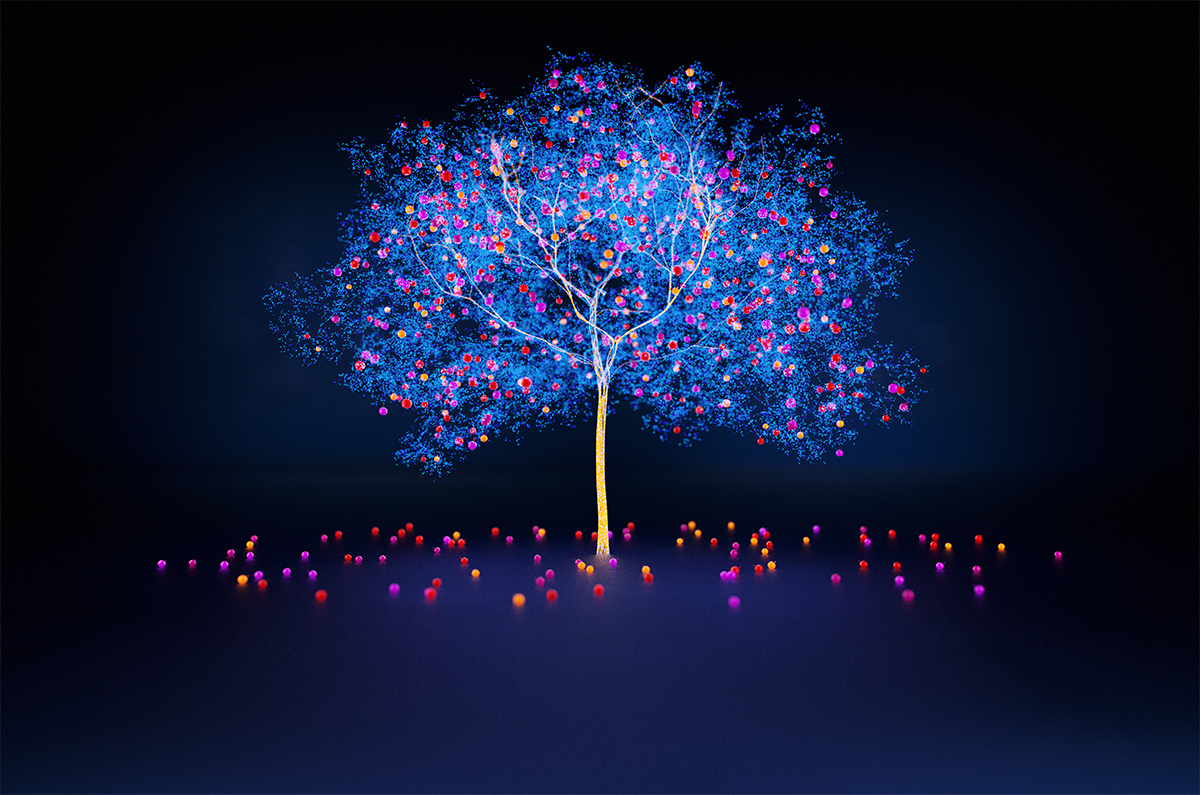
Wireless networking
Wireless networking makes it possible to establish heterogeneous communication between the intelligent light fixtures and lighting controls. This outcomes in collaboration and information exchange between heterogeneous devices, which is crucial to enabling smart landscape lighting and unleashing the full potential of SSL technology. Wireless networks can bridge fixtures and controls to the Internet where information technology (IT) applications are implemented. Using the Internet protocol suite (TCP/IP) as a unifying protocol for all communications facilitates network interoperability between heterogeneous interface protocols for communication across cyber-physical systems. The convergence between IT and operational technologies (OT) that work in real-time on the connected lighting systems transforms the smart lights into IoT devices that can be operated through the IP (Internet Protocol) stack.
With access to the IT infrastructure, the resource-constrained yet intelligent IoT devices can take advantage of cloud-computing environment and cloud-based applications to perform beyond their native capacities and execute technologically advanced algorithms. Together, intelligent LED lighting and digital control systems work in the realm of IoT to effortlessly transform an environment through the influence of intricate light shows.
System building blocks
A smart landscape light is basically composed of two building blocks: the light engine and the “brain” for data processing and communication. The light engine is usually an integrated assembly comprised of an LED module having an array of SMD LEDs mounted on a metal core printed circuit board (MCPCB). The LED board is then thermally interfaced with a heat sink which should be engineered to draw heat away from the LED junction as quickly and efficiently as possible to keep the LED operating temperature within the allowable limits. The LED module can also be an integrated array designed to be mounted directly to a heat sink without a separate circuit board.
Dynamic lighting systems may be designed as tunable white, RGB, RGBW or RGBA systems that can synthesize secondary colors by mixing light of different wavelengths produced from the LED primaries. Each LED primary is controlled as an individual channel. The LEDs is in most cases operated by a constant current LED driver. Where dimming will be required for dynamic lighting or as part of any control strategy, the LED driver has a pulse-width modulation (PWM) or constant current reduction (CCR) circuit that allows intensity control of the connected LEDs.
Dynamic lighting systems require accurate dimming of their component LEDs and generally use PWM dimming which supports 256 steps of color depth and can maintain a consistent color point over the full range. Most landscape lights these days are low-voltage systems. With the introduction of high efficiency LED lighting, operating landscape lights on solar power has been a growing trend.
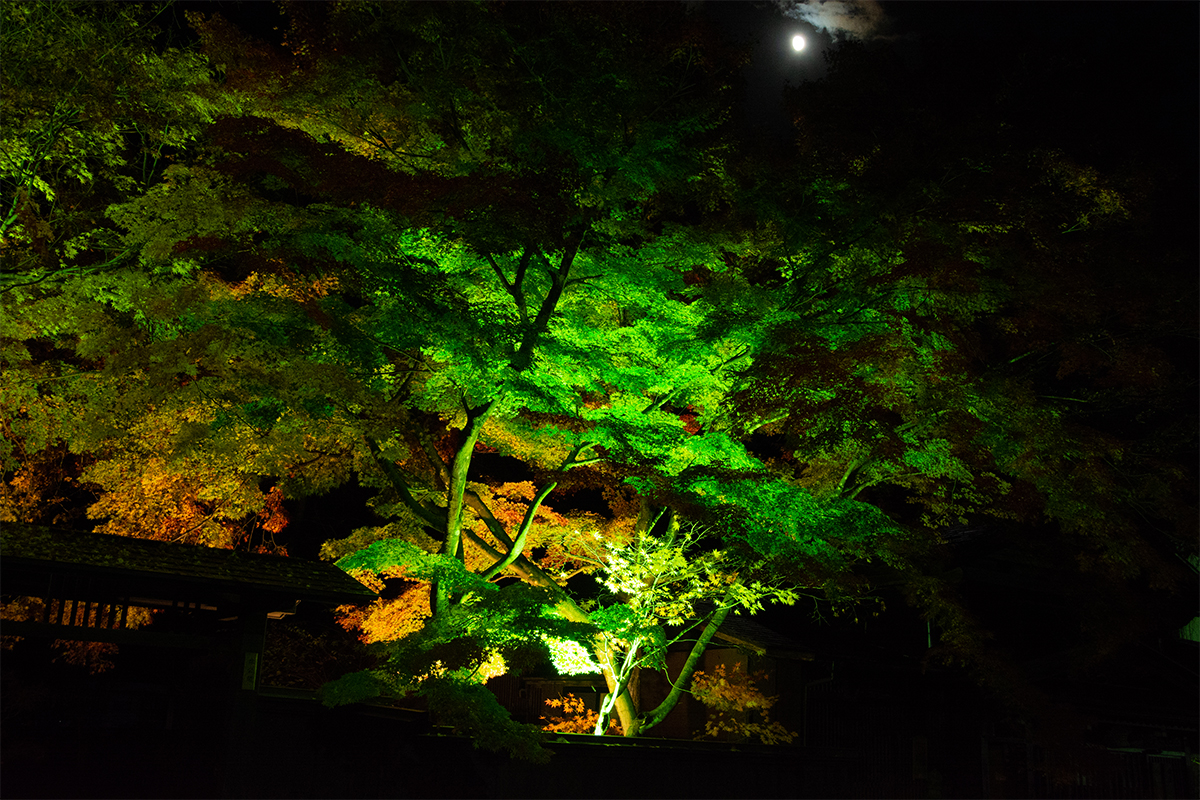
Embedded intelligence and connectivity
A system-on-chip (SoC) that consists of a microcontroller and a radio transceiver provides a landscape light connectivity and programmability to make itself connected and intelligent. A microcontroller (MCU) is a small computer on a single integrated circuit (IC). It is either an 8-bit or 32-bit device that contains a central processing unit (CPU), on-board memory (RAM & program memory), and input/output (I/O) peripherals. Application programs which contain all the instructions for a smart light to deliver its correct function are burned into microcontrollers as “firmware”. A microcontroller receives digital control signals from a control device and convert them to electrical signals which are then executed by the LED driver. It may accept input from motion sensors and photosensors via an analog-to-digital converter (ADC) which converts analog signals to digital ones. The radio transceiver modulates data packets onto an RF carrier frequency and sends them through the air. It will also receive incoming radio signals, perform demodulation and analog-to-digital conversion, and then forward the extracted binary information to the microcontroller.
RF protocol stack
The microcontroller runs an RF protocol stack to define the behavior of a hardware connection. The choice of a wireless communication protocol for landscape lighting applications is driven by considering its interoperability, scalability, and the size of installation. The most common communications networks for controlling landscape lighting systems use protocols such as Bluetooth mesh and ZigBee that supports mesh networking. The nature of mesh interconnection overcomes the interoperability challenge and imparts reliability, scalability, redundancy, and the ability to cover large areas. The self-managing capabilities make wireless mesh networks just as easy to operate and expand. When it comes to network robustness, Bluetooth mesh and ZigBee dwarf the rest. Both these networks can provide enormous coverage despite relatively short transmission distances. Bluetooth mesh is a full stack solution that provides Internet accessibility directly via 6LoWPAN connectivity. ZigBee devices can be operated by an IP-capable control devices or managed by an IoT platform using gateways that are TCP/IP compatible.

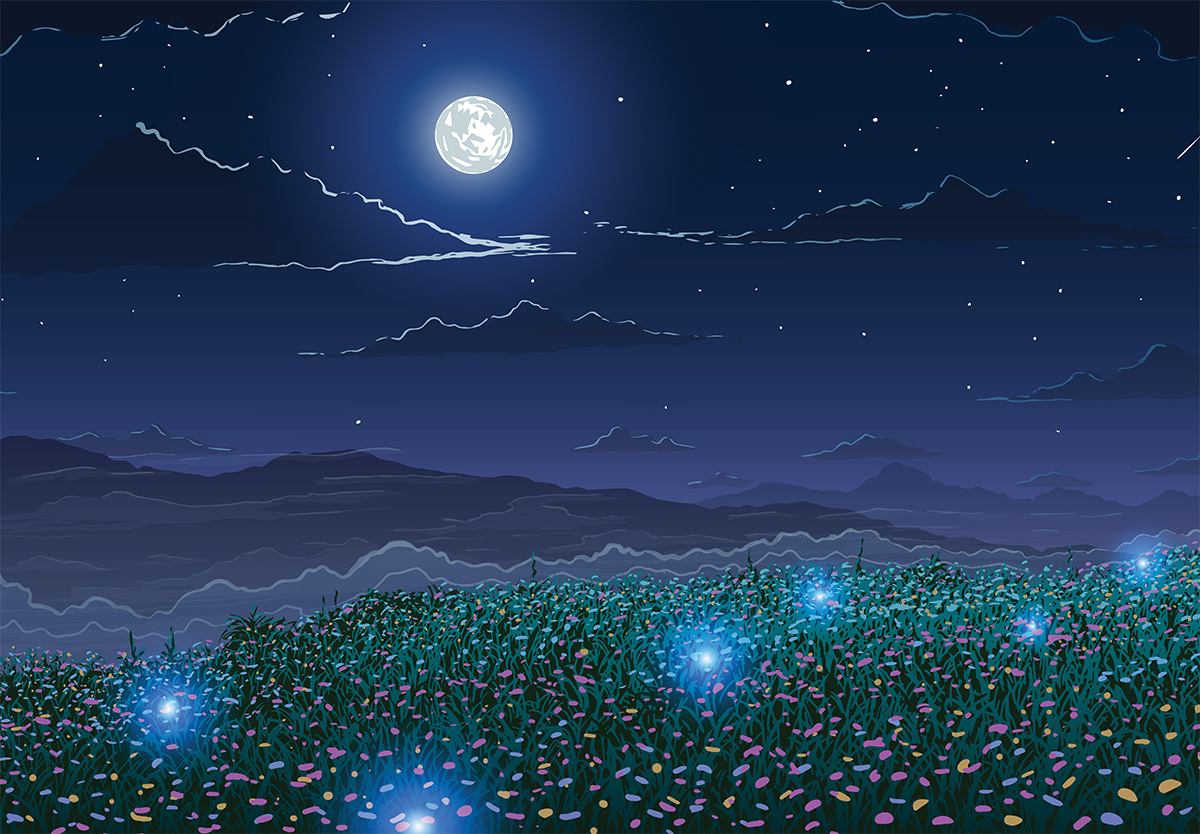


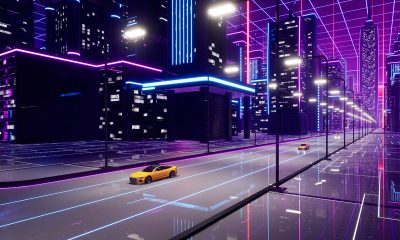
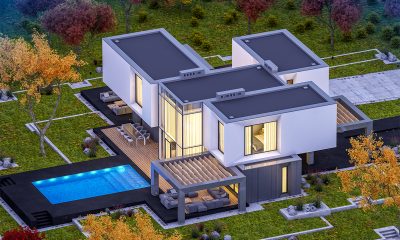

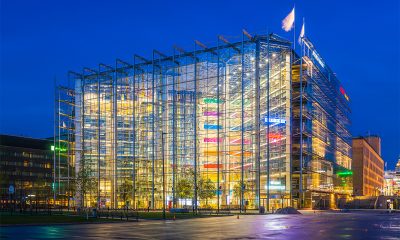

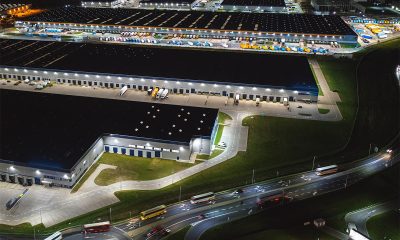

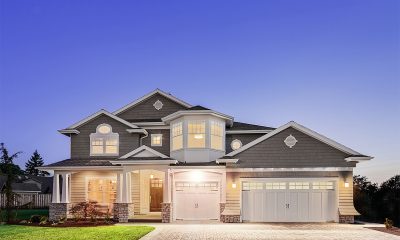







Loading...